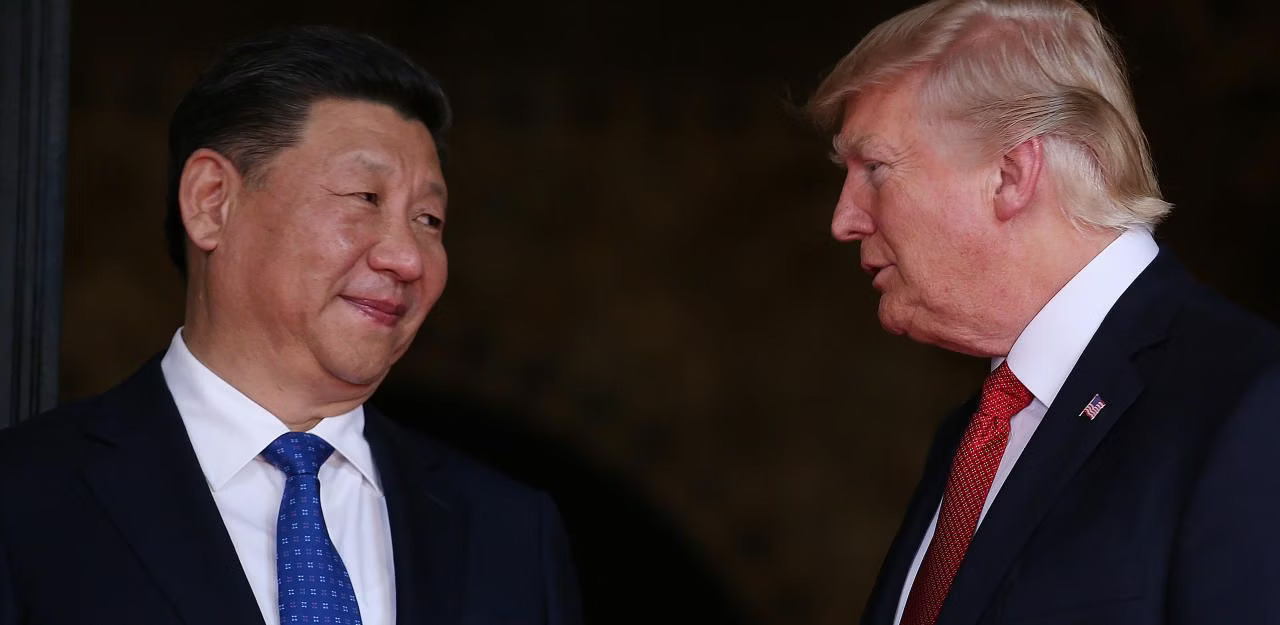September 30, 2025
The final weeks of September highlight a stark new reality: the global economic order is being reshaped as the United States increasingly wields trade policy as a geopolitical instrument. Washington’s sweeping tariffs, which have pushed average effective U.S. tariff rates to their highest levels in decades, are forcing Asian economies to reconsider supply chains, trade strategies, and political alignments. Analysts note that the volatility itself has become a source of leverage, with the UN Conference on Trade and Development (UNCTAD) warning that abrupt U.S. policy shifts now rank among the chief risks to global stability.
The most immediate strain is being felt across developing Asia, including among U.S. partners. Tariffs on Indian imports were doubled in August, lifting many duties to roughly 50% after Washington cited New Delhi’s ongoing oil purchases from Russia. This escalation triggered sharp debate within India: media reports suggested delays in certain U.S. defense procurement plans, while Indian officials denied a freeze in negotiations. Analysts caution that the dispute could undercut India’s long-term manufacturing ambitions. Elsewhere in Southeast Asia, countries such as Vietnam, which had gained from supply chain diversification, are now seeking bilateral arrangements, often on less favorable terms. The risk of tariffs on “transshipped” goods adds further uncertainty for firms pursuing the “China-plus-one” strategy.
These pressures extend beyond goods into strategic industries. Semiconductor imports face threatened tariffs of up to 100%, but exemptions are under discussion for companies that manufacture or commit to invest in U.S. facilities. The pharmaceutical sector is also on edge, with branded drugmakers in Asia unsettled by similar tariff threats, though Indian generics remain largely unaffected. The message is clear: access to the U.S. market is increasingly tied to relocating production to American soil, a policy designed to accelerate reshoring in critical sectors.
Diplomatic efforts continue in parallel with economic maneuvering. A recent phone call between U.S. President Donald Trump and China’s President Xi Jinping was described by both sides as “productive,” with an in-person meeting planned for November. Yet divisions remain over technology and security, with Beijing pressing for relief on chip export controls and Washington holding firm. Adding to the uncertainty, the U.S. Supreme Court is scheduled to hear arguments in November on whether the administration’s tariff actions exceed executive authority. Legal scholars warn that the outcome could significantly reshape the trade environment, reinforcing the political and regulatory risks now embedded in global commerce.
For consulting professionals, the implication is clear: forecasting geopolitical risk has become as important as monitoring market fundamentals. With global trade fragmenting under the weight of strategic tariffs and shifting alliances, success increasingly depends on agility, the ability to anticipate abrupt policy changes and to adjust supply chains and partnerships in real time.
- https://www.weforum.org/stories/2025/08/trade-tariff-threats-become-reality-trade-stories-august-2025/
- https://www.aljazeera.com/news/liveblog/2025/9/19/live-trump-and-xi-to-hold-call-tiktok-and-us-china-trade-top-agenda
- https://eastasiaforum.org/2025/09/23/trump-tariffs-tilt-southeast-asia-towards-china/
- https://timesofindia.indiatimes.com/business/international-business/asian-drug-market-stocks-slides-trumps-100-pharmaceutical-tariffs-shake-market-broader-impact-on-japan-likely-minimal/articleshow/124149791.cms
- https://taxfoundation.org/research/all/federal/trump-tariffs-trade-war/
- https://www.tradecomplianceresourcehub.com/2025/09/29/trump-2-0-tariff-tracker/








